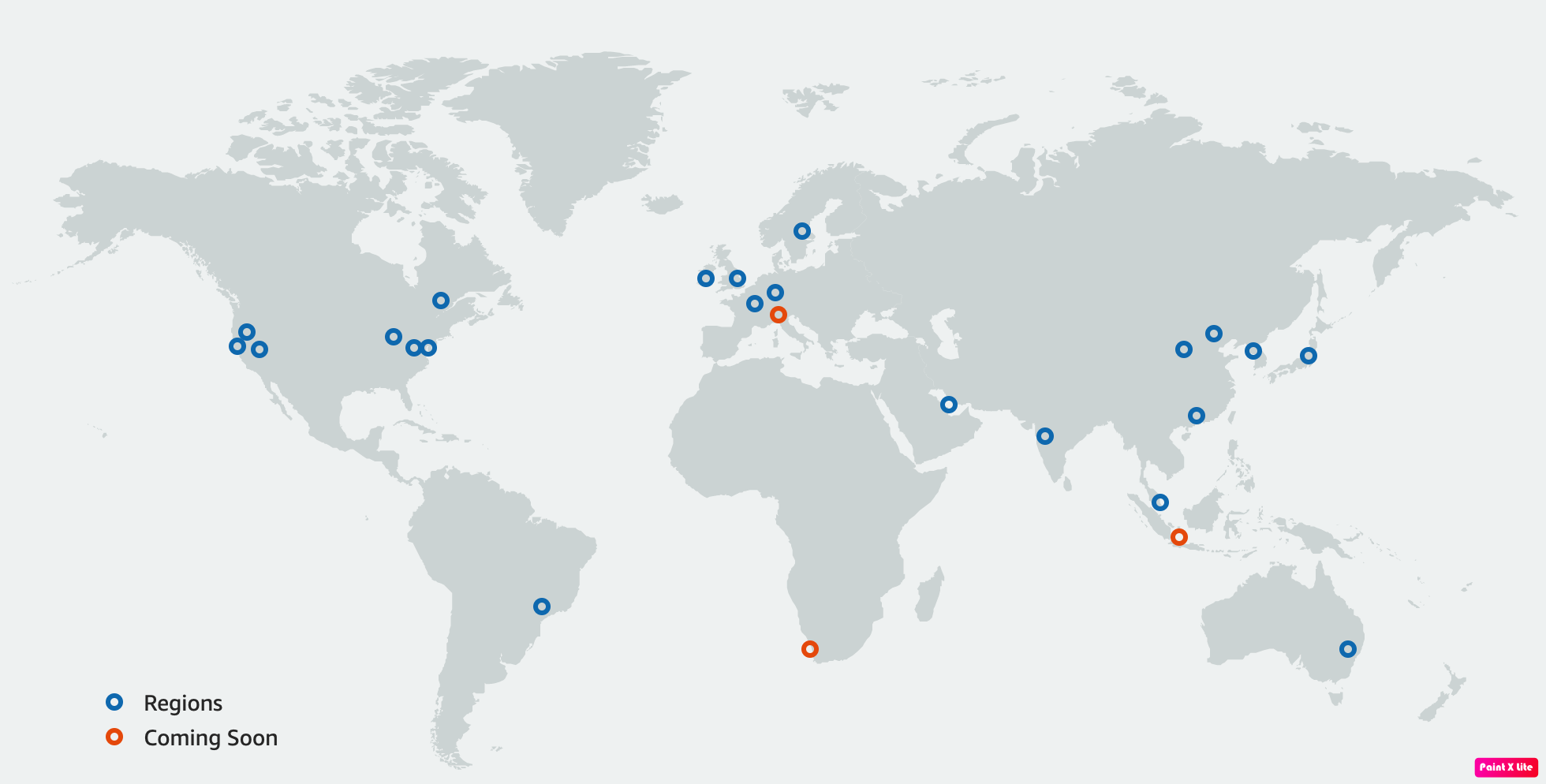
On the same date, Nebraska led the High Plains with topsoil moisture rated 58% very short to short, followed by Kansas at 52% and South Dakota at 36%. with rangeland and pastures rated 55% very poor to poor, according to the U.S. However, locally heavy showers continued in parts of eastern Colorado and southern and western Kansas, leading to some additional reductions in the coverage of moderate to exceptional drought (D1 to D4). High Plainsįollowing the previous week’s substantial drought relief, mostly dry weather returned across the High Plains. Department of Agriculture rated topsoil moisture more than one-third very short to short in Michigan (40%) and Missouri (38%). Within a few weeks, however, those crops will need moisture for proper emergence and growth. The dry weather continued to support a rapid pace of agricultural fieldwork, including corn and soybean planting. In addition, moderate to severe drought (D1 to D2) was added or expanded in a few spots across Illinois, Iowa, and Missouri. This led to the introduction or expansion of several areas of abnormal dryness (D0). Short-term Midwestern dryness has begun to intensify, especially along an axis from the lower Missouri Valley into the lower Great Lakes region.
#RECENT LOCATIONS FREE#
Farther east, most areas remained free of dryness and drought, aside from a few areas in the central Gulf Coast region. Still, even with abundant showers and thunderstorms, pockets of extreme to exceptional drought (D3 to D4) persisted in western and central Texas and across the northwestern half of Oklahoma. On the same date, topsoil moisture was rated less than one-third very short to short in Texas (29%) and Oklahoma (28%). Department of Agriculture improved from 51 to 36% during the week ending May 21. In Texas, rangeland and pastures rated in very poor to poor condition by the U.S. Significant drought improvement occurred in some of the hardest-hit areas of Oklahoma and Texas, as rain benefited rangeland, pastures, and summer crops. Naples, Florida, continued to await its first rain of the month, with the year-to-date total (through May 23) standing at 1.99 inches, just 22% of normal. Rainfall was lighter, however, in a few areas, including some of Florida’s driest areas along the Gulf Coast. Department of Agriculture, statewide topsoil moisture in Florida was rated 33% very short to short on May 21, down from 49% the previous week. Some of the heaviest rain fell in Florida, leading to significant improvement in soil moisture and a reduction of the wildfire threat. Locally heavy showers drenched parts of Alabama and the southern Atlantic States, leading to general reductions in the coverage of abnormal dryness (D0) and moderate to extreme drought (D1 to D3). Department of Agriculture peaked in Maine at 65%. As rain arrived, topsoil moisture rated very short to short by the U.S. As a result, there were modest reductions in the coverage of abnormal dryness (D0), mainly from Long Island to Maine. As heavy rain spread northward along the Atlantic Coast, daily-record rainfall totals for May 20 totaled at least 2 to 3 inches or more in Providence, Rhode Island (3.02 inches), and Bridgeport, Connecticut (2.34 inches). NortheastĪ brief shot of rain provided some relief from short-term dryness. Elsewhere, near- or slightly below-normal temperatures prevailed across the central and southern Plains, while cooler-than-normal weather covered much of the Northeast and environs. A separate area of heat, accompanied by high humidity, affected much of the Deep South. A week-long hot spell elevated temperatures in the Pacific Northwest, although temperatures began to fall late in the drought-monitoring period.


Meanwhile, light showers dotted the Northwest, while little or no rain fell across the remainder of the country, including the north-central U.S.

Eventually, rain shifted northward along the northern Atlantic Coast, easing dry conditions. Variable rainfall extended westward into the central and southern Rockies and eastward to the southern Atlantic Coast, maintaining generally favorable growing conditions for pastures and summer crops.

Still, much of the rain arrived too late to rescue winter wheat, although rangeland, pastures, and summer crops greatly benefited from the soil moisture improvements. Showery weather across the southern half of the Plains provided additional drought relief, following the previous week’s major storm.


 0 kommentar(er)
0 kommentar(er)
